LatestPaper “Exploring beyond Common Cell Death Pathways in Oral Cancer: A Systematic Review” is now available.
Special Issue in journal Biology: Cell Self-Destruction (Programmed Cell Death), Immunonutrition and Metabolism.


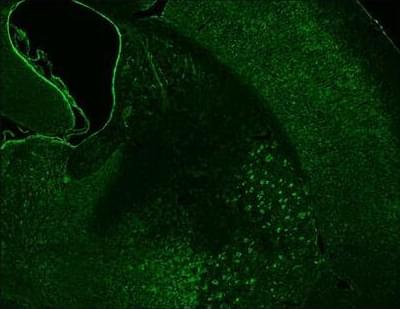
Analyzing cells from patients with neuromyelitis optica spectrum disorder, researchers show transfers of patient-derived extracellular vesicles rich in the apolipoprotein APOE alleviate neuroinflammation and slow astrocyte loss in a mouse model of this severe autoimmune disease.
📄 :
APOE was augmented in astrocytic extracellular vesicles from patients with neuromyelitis optica spectrum disorder and decreased brain lesions in a mouse model.
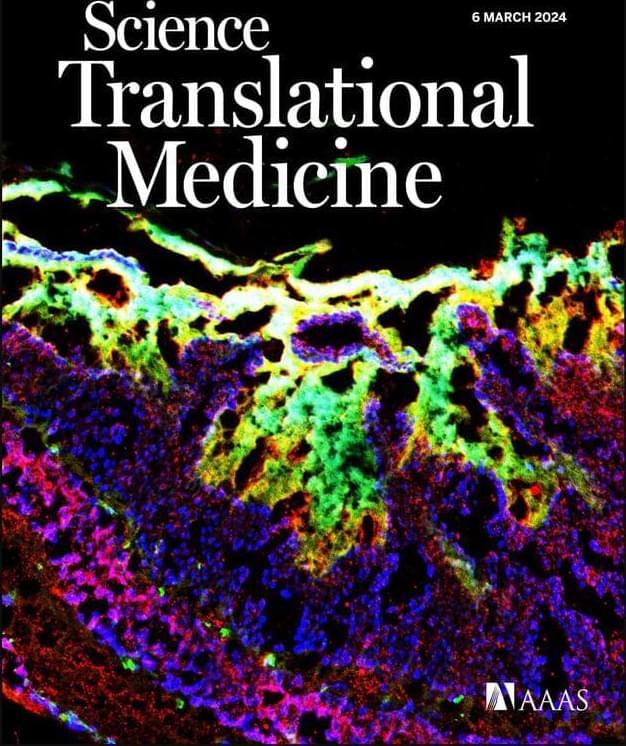
Preventative, predictive and personalized healthcare and longevity — dr. william kapp, MD — CEO, fountain life.
Dr. William Kapp, MD is Chief Executive Officer of Fountain Life (https://fountainlife.com/about/), a company focused on transforming the current healthcare system into one that is both proactive and data-driven, enabling enhanced longevity and catching and treating illnesses earlier than ever before, focusing on the detection and reversal of asymptomatic diseases and advancing an entirely new healthcare paradigm.
Dr. Kapp received his B.S. in Biochemistry from the University of Georgia and his M.S. in Immunology and M.D. at the Medical College of Georgia, where he graduated with honors and was inducted into Alpha Omega Alpha, the medical honor society. He attended the Baylor College of Medicine in Houston, Texas for residency in Orthopaedic Surgery and completed his specialty training in 1994.
Dr. Kapp is a board-certified orthopaedic surgeon and a Fellow in the American Academy of Orthopaedic Surgeons, has served on the Board of Directors of the Missouri Orthopaedic Association and has been chair of the Legislative Affairs Committee. Until 2005, he served as flight surgeon in the US Air Force Reserves with the rank of Major.
Dr. Kapp is a dynamic entrepreneur who has founded several healthcare start-ups, ranging from surgical centers and hospitals to electronic health record systems and medical real estate developments.

“For 12 years I’ve been trying to get back my feet. Now I have learned how to walk normal, natural.”
A paralyzed man is walking again thanks to a “digital bridge” researchers created between his brain and a spinal stimulator.
“For 12 years I’ve been trying to get back my feet,” the 40-year-old Dutch man, Gert-Jan Oskam, told reporters on May 23. “Now I have learned how to walk normal, natural.”
The patient: Oskam was living in China in 2011 when he sustained a spinal cord injury that left his legs paralyzed. About five years later, he had a spinal stimulator implanted below the site of his injury as part of a clinical trial in Switzerland.
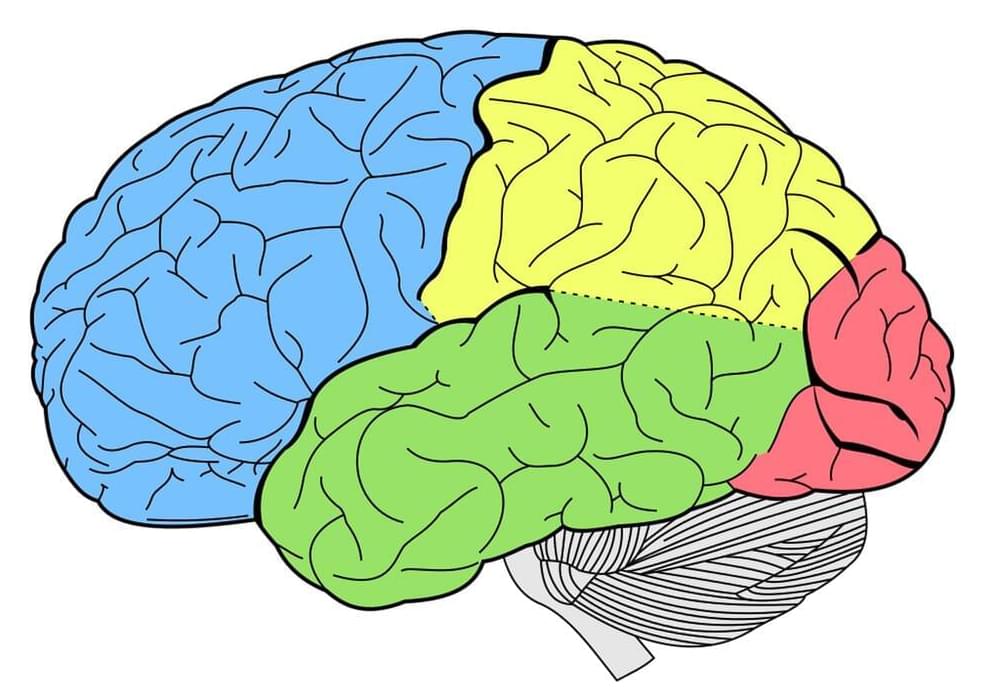
Globally, the number of people living with, or dying from, neurological conditions such as stroke, Alzheimer’s disease and other dementias, and meningitis has risen substantially over the past 30 years due to the growth and aging of the global population as well as increased exposure to environmental, metabolic, and lifestyle risk factors. In 2021, 3.4 billion people experienced a nervous system condition, according to a major new analysis from the Global Burden of Disease, Injuries, and Risk Factors Study (GBD) 2021, published in The Lancet Neurology.
The analysis suggests that worldwide, the overall amount of disability, illness, and premature death —a measurement known as disability-adjusted life years (DALYs)—caused by neurological conditions increased by 18% over the past 31 years, rising from around 375 million years of healthy life lost in 1990 to 443 million years in 2021.
The absolute number of DALYs is increasing in large part due to aging and growing populations worldwide.
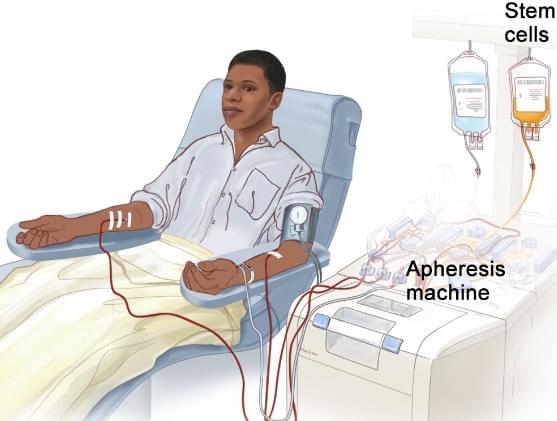
The recently approved drug motixafortide may help improve stem cell transplants for people with multiple myeloma. Learn more about this treatment:
However, Dr. Schulz cautioned, this finding is not definitive because the two drugs were not tested head-to-head in a randomized trial. A randomized clinical trial comparing the drugs “would have been a better and fairer comparison,” he said, since plerixafor and motixafortide both work by blocking a chemical signal that tells stem cells to stay in the bone marrow.
Finally, Dr. Crees and his colleagues did a series of experiments looking at the different types of blood-forming stem cells mobilized by G-CSF plus placebo, motixafortide, or plerixafor.
“Not all stem cells are equal,” Dr. Schulz explained. And these experiments showed that motixafortide mobilized a higher percentage than plerixafor or placebo of the most primitive types of blood-forming stem cells, which could potentially lead to faster engraftment, he said.

Researchers describe a newly observed role for the protein Cyclin Dependent Kinase 9 (CDK9) in regulating DNA repair during cellular division, where errors can become the origin of cancerous tumor growth. Through a process called phosphorylation, the experiment simulated the interaction of CDK9 with the other proteins and genes involved in cell division and cancerous tumor growth.
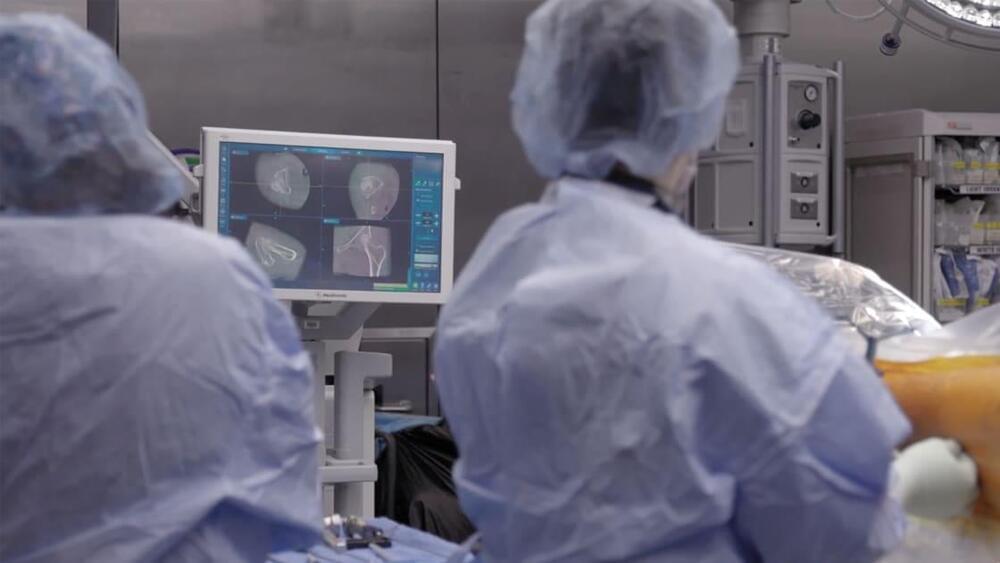
Femoral head avascular necrosis (AVN) is a debilitating condition that prevents the thighbone from repairing itself at the portion closest to the hip, leading to possible collapse.
In a new study in Arthoplasty Today, a team including Yale Department of Orthopaedics & Rehabilitation’s Daniel Wiznia,…
In a paper published in the journal Arthroplasty Today, Daniel Wiznia, MD, assistant professor of orthopaedics & rehabilitation and co-director of Yale Medicine’s Avascular Necrosis Program, presents a new surgical technique designed to prevent or delay hip collapse in patients with femoral head avascular necrosis (AVN). Thanks to 3D innovations and novel applications of intraoperative navigation technology developed at Yale, Wiznia is leading a multidisciplinary approach to optimizing clinical outcomes.
Femoral AVN, otherwise known as osteonecrosis, is a debilitating condition associated with compromised blood supply to the portion of the thighbone closest to the hip. It particularly impacts the head of the bone. When the small vessels there are injured, the bone can no longer repair itself. Upwards of 20,000 new cases of femoral AVN are diagnosed each year in the United States, and those with the condition face a range of potential complications, such as collapse of the femoral head.
AVN is commonly diagnosed in people between the ages of 30 and 65. For some patients, there are no symptoms, which results in the condition being discovered incidentally. Up to 67 percent of patients with femoral AVN progress to symptomatic disease. A total hip arthroplasty (THA), otherwise known as a total hip replacement, is the current best treatment when the femoral head ultimately collapses. However, THA in younger patients has an increased risk of mechanical failure due to a higher level of physical activity and the length of time that the hip implant will be utilized. Therefore, there is a need for therapeutic strategies that effectively delay and prevent hip collapse, reducing the likelihood of requiring a THA.